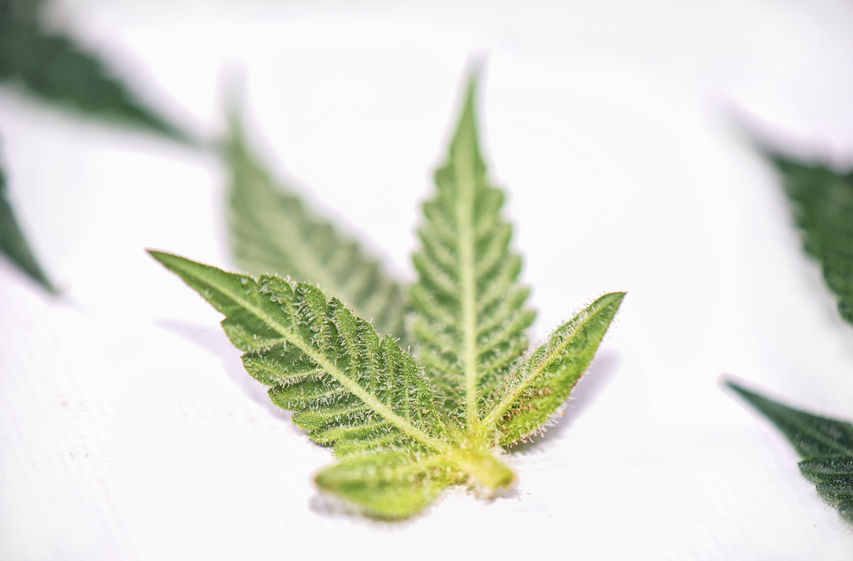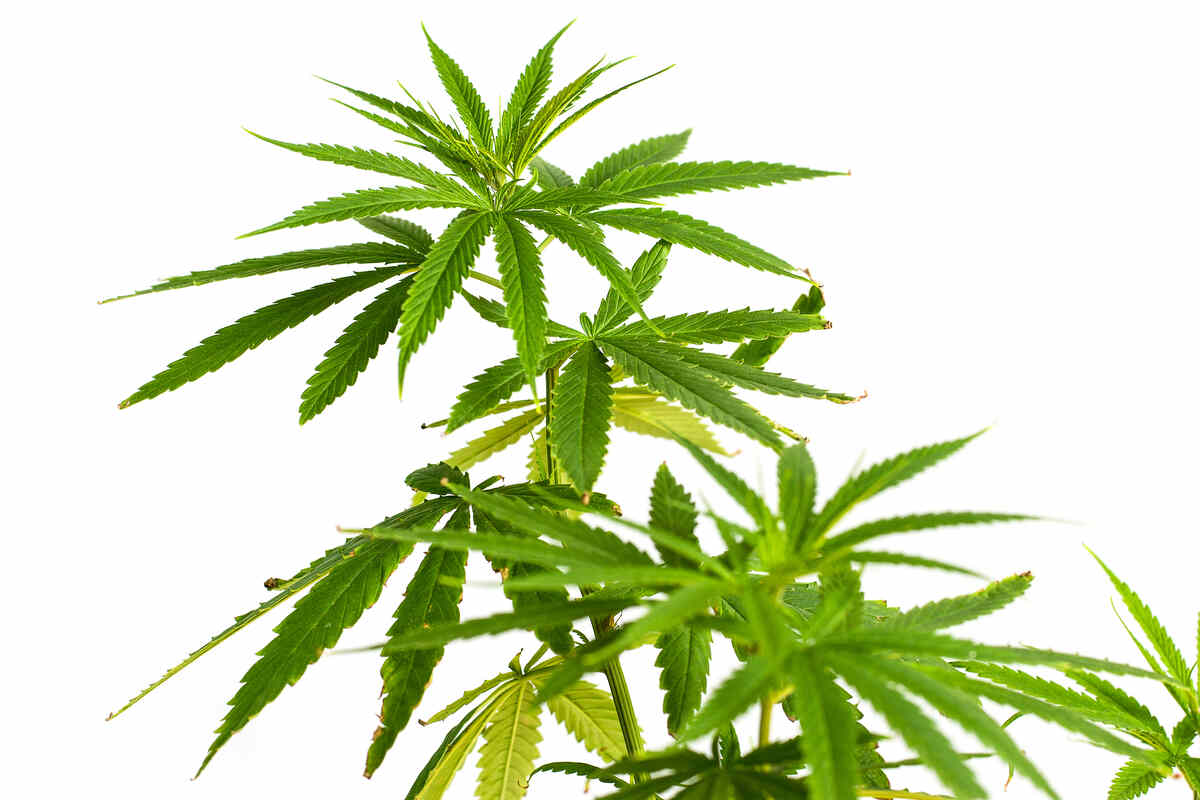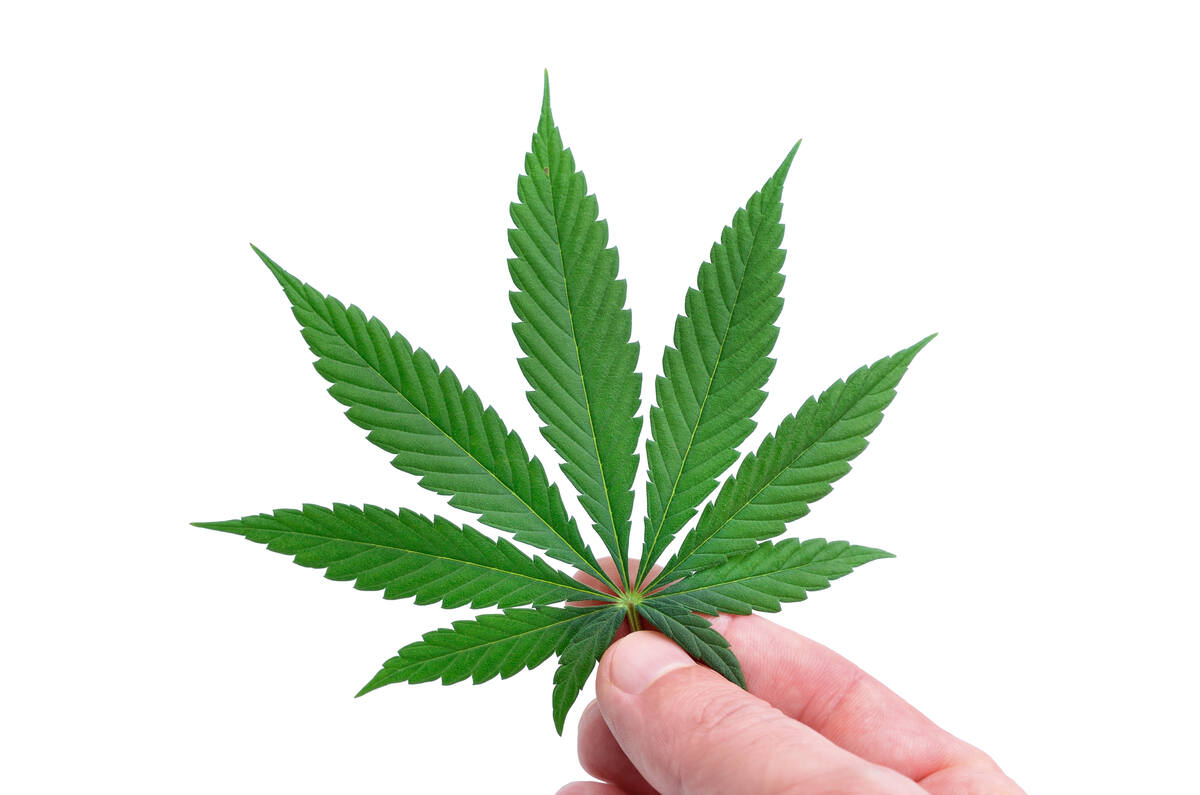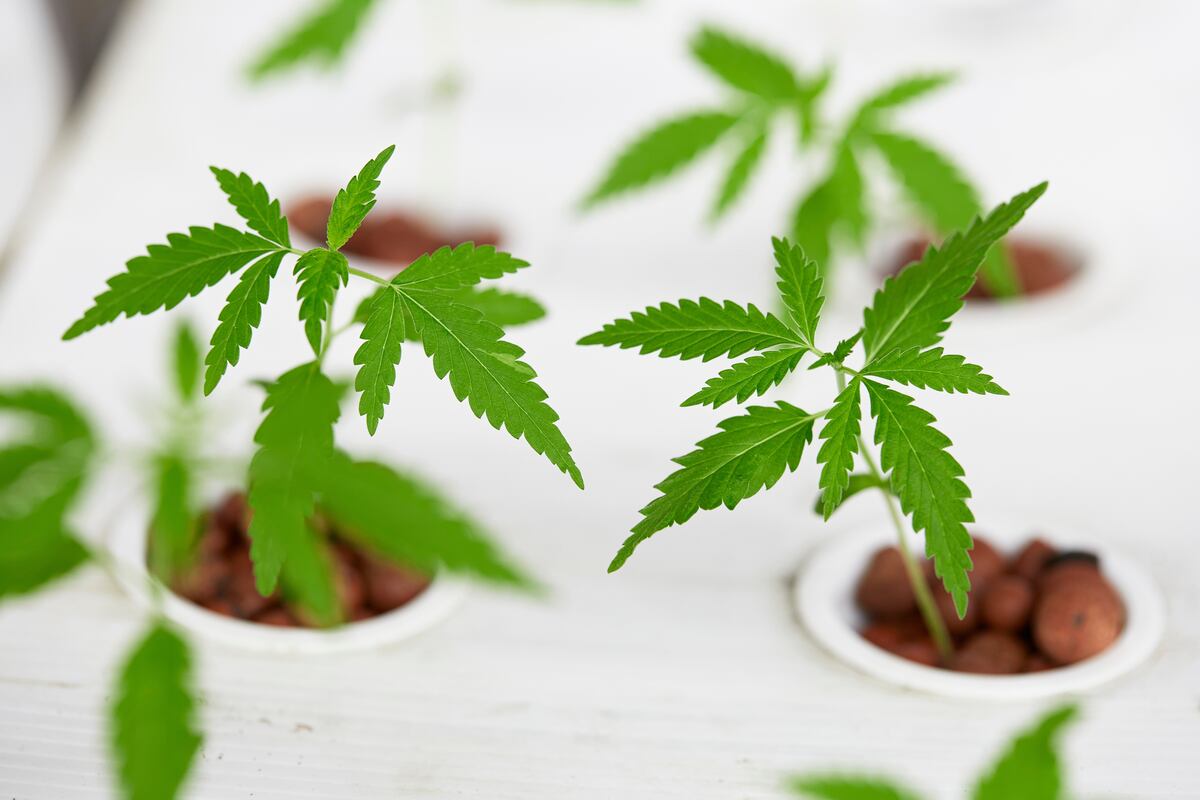Cannabis Defoliation Guide: How to defoliate cannabis plants

Cannabis defoliation is a simple process of removing a marijuana leaf. Typically a few are removed at a time and it can be very beneficial for the plants.
All that’s really needed to defoliate is a pair of scissors or a sharp razor. Many growers even prefer simply removing the leaves using their hands, as they bend and snap off quite easily. This method can be less stressful for the cannabis plant.
What are the benefits of cannabis defoliation?
Contrary to what many growers believe, when you defoliate a plant, it can have many benefits.
- Give the plant more space. When too many leaves are crowding a plant, removing one weed leaf at a time can make it roomier for the plant. This allows more light and air to penetrate the plant so mould doesn’t form.
- Problems can be spotted more easily. When a large number of leaves are crowding each other, it can be difficult to identify problems. When there are fewer leaves, there is more visibility to the entire plant so growers can treat problems sooner rather than later.
- Greatly increase yields for the grower. Every grower wants the highest possible yields from their cannabis plant. This is by far the biggest benefit to cannabis defoliation.
It is important to remember that, there are times when cannabis defoliation can be detrimental to plants. If it’s done too much plants may actually suffer from it. In other cases, such as when the plants are being grown outdoors, defoliation may not increase the yields. So it may not be worth the risk.
When to start defoliating?
You can start your first round of defoliation a week or two before the flowering stage and then the second round about three to four weeks into the flowering stage.
However, there isn't a set rule of thumb for when to start and you should assess your plants before doing it. If your plants show any signs of stress you should avoid defoliation as this could slow their recovery. Instead, many growers opt to use the leaf tuck method which causes less stress than removing them, but has similar results.
Don't get defoliation confused with trimming your plants. Although they are very similar, defoliation is a training technique used while the plant is still growing. Whereas trimming is part of the harvest process and is largely done after the plant has been cut down to prepare it to be dried.
How many leaves should you remove?
There isn't a set rule with defoliation on how many leaves you should remove from your cannabis plants. Most growers use their use their experience and knowledge to make a case by case judgement on the strain they a growing.
If it is a strain you have never grown before, air on the side of caution and take it slowly removing no more than 10% of the leaves on your first round. Start firstly with damaged or yellowing leaves, then move onto the large leaves near the top of the plant that are shading or covering leaves underneath them. Once you have an idea of how the strain responds you can use this to guide any future defoliation rounds.
Marijuana defoliation in the vegetative stage
Cannabis defoliation should only be done in the vegetative stage when it’s absolutely necessary. At this point the plants will be very young and much more susceptible to stress. However, defoliating at least once during the vegetative stage will help train the plants and get them accustomed to future trimming. Also, with fewer leaves there may also be fewer pests, as insects and other pests are attracted to foliage. It’s during the vegetative stage that plants need the most amount of light. Defoliating will provide them with that light and will allow the light to penetrate throughout the entire plant.
When defoliating in the vegetative stage, it’s important to treat it with care and not to stress it out.
Step 1:

Start by removing any shabby leaves that may not look perfect. These leaves aren’t really contributing to the health of the plant, and may actually be hindering it, removing these leaves won’t do any harm.
It’s also important to focus on the top of the plant, as these leaves could be shadowing parts closer to the bottom of the cannabis plant. Removing the top leaves to let the lower ones get the light and air they need will help the plants grow in a healthier manner.
Step 2:
It’s very important to keep plants fed with proper nutrients. While this is always important, it becomes even more so when defoliating during the vegetative stage as the process could slow down the growth of the roots.
Cannabis defoliation should really only happen once during the vegetative stage, and without too many leaves taken off.
Although a few days after defoliation has take the place the entire plant will be fairly dense in foliage again, the plant should not be defoliated again until the flowering stage.
Marijuana defoliation in the flowering stage
Cannabis plants will respond better when defoliated during the flowering stage. At this point, defoliating is really being done to increase the yield of the plant. Although it will also bring benefits such as preventing mould and keeping pests at bay.
Step 1:

Once the plants begin flowering, they should be defoliated a week after the entire plant has begun flowering. At this time, the big leaves that can be reached easily can be defoliated. While smaller leaves should be kept in place. In approximately three days the leaves will regrow and in about a week the entire plant should have dense foliage again.
Step 2:
If the plant has not regrown its foliage after a week to ten days after being defoliated, it should not be defoliated again. Doing so may only stress the plant.
If the leaves have replenished themselves however, the buds should be much bigger with many of them covered by leaves. As we know buds also need light and air, any larger leaves that are covering up the buds should be removed.
This will expose the buds to the vital elements they need to grow even bigger and healthier. When removing the leaves, it’s important to try and not to cut too closely to the buds. A little bit of the leaf left around the bud won’t harm it, but cutting too closely may.
The buds grow larger when cannabis defoliation has happened in the flowering stage because doing so releases more auxins, the hormone that induces rippenes in the flower and causes them to swell.
Conclusion
Every grower is going to have a different opinion of defoliating cannabis plants. While some stay away from it altogether, it is a process that can be very beneficial to the plant. Defoliation is really just another way of training the plant to grow the way the grower wants it to, while still maintaining a plant that is happy and healthy.

Those who are new to defoliating shouldn’t defoliate any more than what is described in the above guide. However, as growers become more accustomed to defoliating, they can defoliate even more often. Some growers even choose to defoliate every seven to ten days. Or when the plant has replenished the leaves that were defoliated in the first place.
How often you defoliate, or train your plant will largely depend on the setup you are using, the genetics and how experienced you are. This is another reason why it’s so important to begin defoliating a little at a time.
Read more from our blog by clicking here.
Alternatively check out our hottest sales deals by clicking here.
-
20+ Years Experience
Over 500K seeds sold worldwide
100K+ Happy Customers -
Germination Guaranteed
Complete satisfaction or we will replace your order -
Dutch and USA Genetics
Master breeders inspiring strains from across the world -
Express Shipping
Free tracked express shipping 1-5 day delivery








